The Stellenbosch Business Report is designed to give the international wine trade a comprehensive overview and analysis of the key trends taking place in Stellenbosch.
You can download the free report here.
Historical and traditional are the two big adjectives that first come to mind when you think of Stellenbosch and its position in South Africa and its wine industry. But spend some time there and a whole number of other adjectives quickly come to mind like: inspiring; ambitious; transformative; epic; challenging; welcoming; friendly; passionate; innovative; memorable; hospitable. The list goes on.
On paper Stellenbosch is the heart of South Africa’s winelands, where winemaking first started in 1679, and just taking a walk around its neat, grid-style streets feels like stepping back in time, with seemingly a historical landmark on every corner.
That history is still very much part of the modern Stellenbosch. Every wine producer you meet will have their own proud ancient family story to tell. Every vineyard you visit will be planted on soils dating back thousands of years, surrounded by mountain ranges that each have their own folklore attached to them.
But those stories are now told with a key difference. They are seen as the foundation on which the modern Stellenbosch can now start making its own history and start telling its own stories.
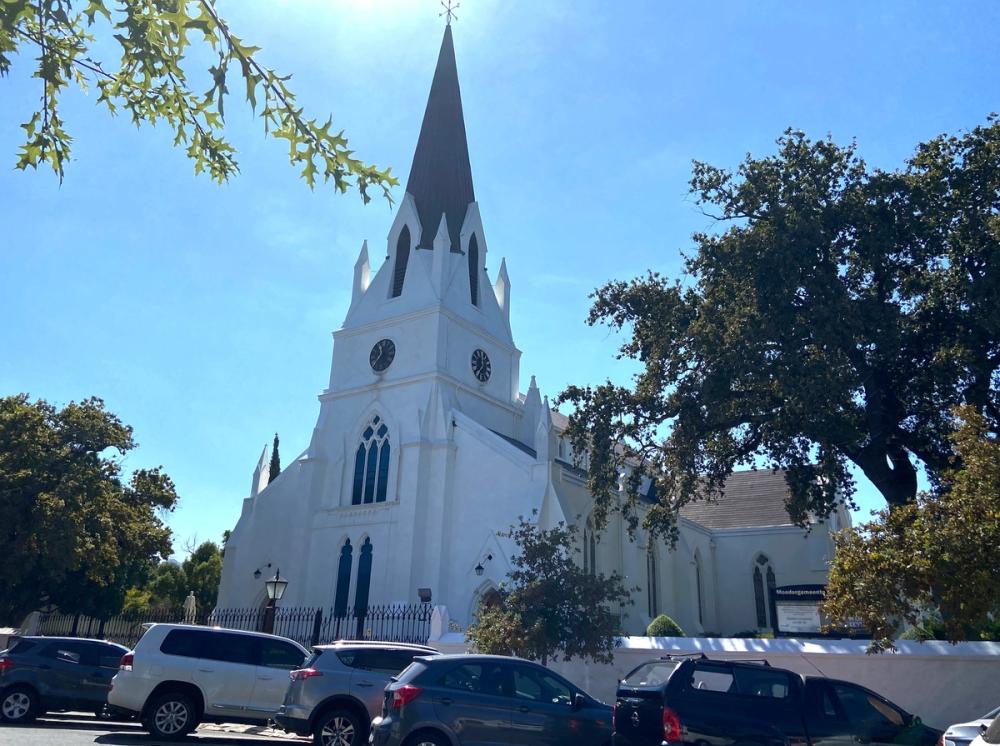
Stellenbosch history dates back to when it was founded in 1679 by Governor Simon van der Stel
Stellenbosch’s past is no longer the beginning, middle and end of what it is about. It’s the building block on top of which its wine producers, winemakers, restaurateurs, chefs, hoteliers, artists, musicians, and so on, can craft their own stories and collectively re-invent Stellenbosch for a future they have all helped to make.
That collective spirit is very much at the heart of the new Stellenbosch. A town, like every other, that had to batten down the hatches during Covid-19, but one that has emerged with a new energy, spirit and personality to make the most of the great assets that Stellenbosch has in abundance. Producer after producer talks about the re-birth that has taken place in the region since 2020.
Combined voice
All of which is encapsulated by the decision, in 2019, to bring Stellenbosch Wine Routes and the new tourism structure, Visit Stellenbosch together under the same organisation so that they pool their resources and work together to help provide an integrated wine and tourism offer for visitors. To focus on what Stellenbosch can do best and use their respective skills to deliver it.
The results are there to be seen right across the region. From the new wine bars and restaurants that have opened up in the town itself, to all the steps being taken by individual wine farms to widen their hospitality offer and open themselves up to be culinary and tourism destinations in their own right.
Many now have cycling, running, walking and nature trails and have introduced a whole range of hospitality and leisure activities from wine safaris, health spas, art galleries, to children play areas as well as their own high standard, award winning restaurants and five star hotel standard rooms and accommodation.
Stellenbosch has a clear goal. To be regarded as the number one wine tourism destination in the world. It’s an ambition that its farms are pushing themselves, and each other, forward to deliver. Raising the bar wherever possible, from its wines, to the cuisine, the in-dining experience to the customer service you receive when you visit.
You don’t now go to a wine farm to pick up a few bottles, you come away with a head full of memories and experiences.
Raising standards
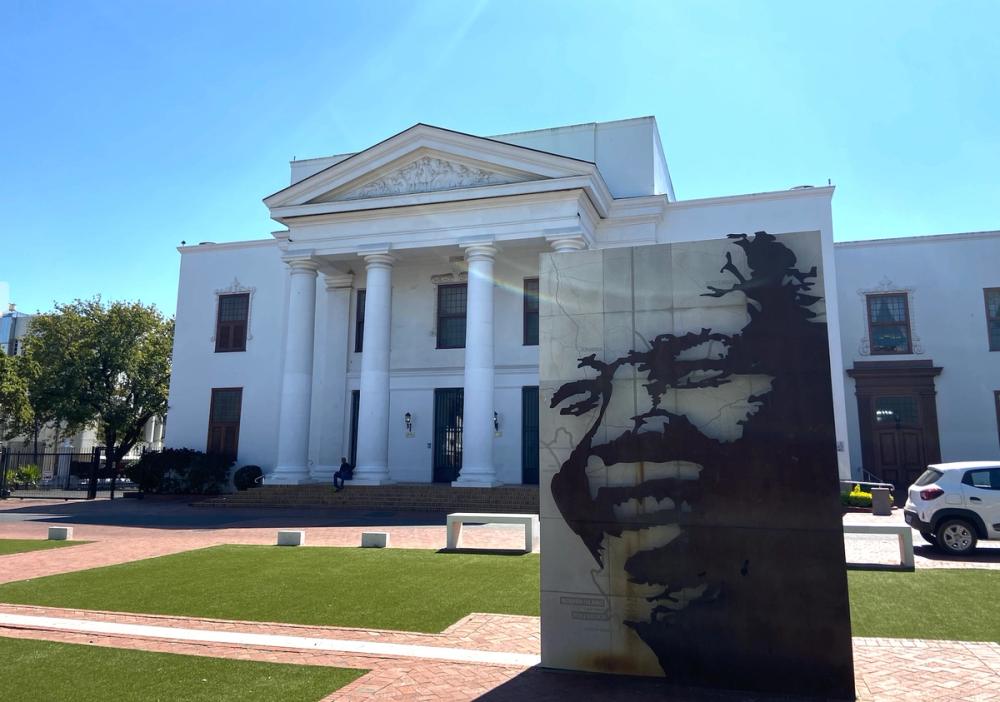
Stellenbosch producers hope to use their history and traditions to make a new history for themselves
Crucially Stellenbosch does not operate in isolation. It has played its part in what has been nothing short of a revolution in South African winemaking over the last 15 years, with region after region all playing their role in raising the game of the country as a whole.
But for Stellenbosch just being the oldest and most traditional was no longer enough if it wanted to keep pace with the innovations taking place in other parts of the country. Most notably Swartland that has attracted many of the new generation of younger winemakers looking to make their mark with lower intervention, site specific wines driven as much by their personality and collective spirit than the age of their soils and land.
It’s fair to say the so-called Swartland Revolution, and other similar new generation winemaking movements, sent ripples up and down the quiet valleys of Stellenbosch, forcing producers and its representative bodies, alike, to re-assess what the region really means to the modern wine drinker.
“It gave us a big kick up the arse,” is how one Stellenbosch producer bluntly puts it.
But a kick it has well and truly responded to. Both in terms of speaking up for itself , but also the new momentum amongst its producers and winemakers to galvanise their efforts to talk, listen, share and help each other make better wines.
Across the region winemakers are pushing themselves, individually and collectively, to take Stellenbosch and its wines to the next level. They have opened up their styles and cellars to different viticulture and winemaking practices. Particularly around how they age and handle their fruit with careful oak treatment plans, and the much wider use of concrete eggs, amphoras, foudres and other formats to help age their wines with more precision and focus. Adapting picking times and how they work their vines to ensure grape ripeness and purity of fruit. Adopting a less is more approach where necessary.
Stellenbosch is listening, watching and changing. Both to the needs of international buyers and their consumers, but also what it is doing in its vineyards and cellars. Holding back the reins where necessary to make the premium, quality, excellent value wines it now wants to be famous for.
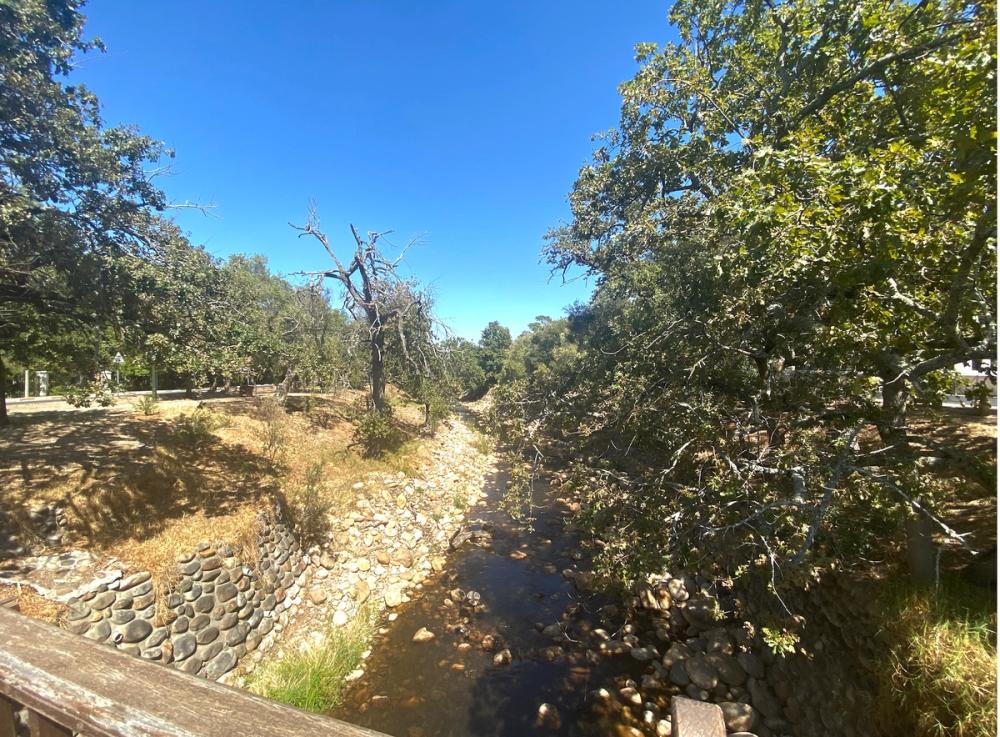
Stellenbosch was built on the banks of the Eerste River (First River)
It no longer wants to be tagged with making great value wines. It knows it is making wines that are the match, if not better than more prestigious wine regions in the world and is on a mission to get the respect and prices those wines truly deserve.
Jasper Raats at Longridge sums it up perfectly: “Stellenbosch is the Napa of South Africa, with a collective effort to make great quality wine:”
This new collective spirit is also breeding the next generation of winemakers whoare being inspired by the huge changes taking place and are waiting for their turn to take Stellenbosch to another new level.
This comprehensive report hopes to reflect just how it is going about doing that, and what is happening above and below the surface in Stellenbosch. It will look to capture the passion, the energy and personality of a region on the march. Spend some time there and Stellenbosch gets under your fingernails and you can’t help but bring parts of it home with you.
Acting as one: Stellenbosch Wine Routes
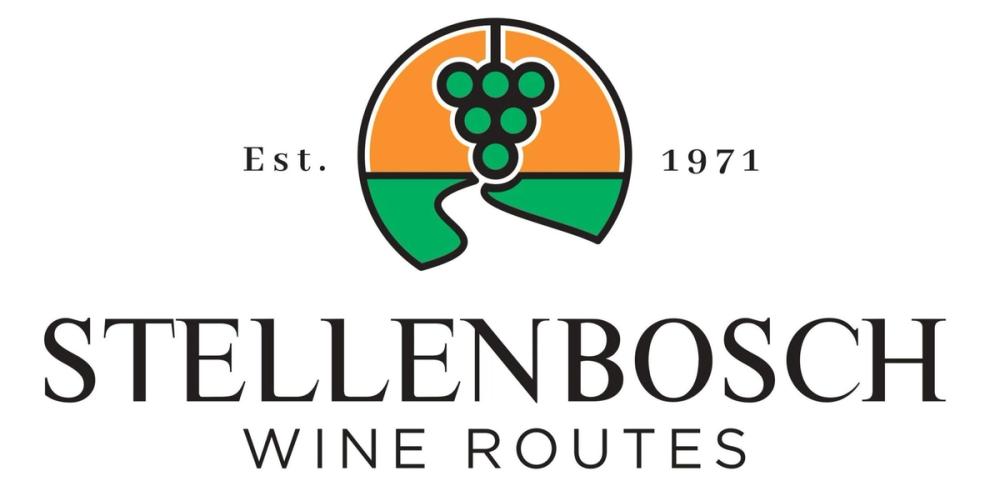
The fundamental change to take place in Stellenbosch, that is helping to drive its united strategy, was the decision to bring the Stellenbosch Wine Routes and the newly formed tourism body, Visit Stellenbosch, together in 2019.
Not only does it mean they are both following the same strategy to ensure visitors do more, stay longer and visit the region again from a wine tourism perspective; it has helped change the mindset of business owners across wine, tourism and hospitality as they are now members of the collective tourism bodies.
The focus is also all around cementing a premium image for the Stellenbosch wine brand under the strapline ‘Think Quality, Drink Stellenbosch’.A combined effort between all the major stakeholders in the region to bring wine, tourism and hospitality together.
The Stellenbosch Wine Routes also underpins the collective interests of the Old Vine Project, the Chenin Blanc Association, The Pinotage Association, and the Stellenbosch Cabernet Collective. It means everyone is now “singing from the same hymn sheet”.
Stellenbosch Wine Routes was founded in 1971 and now has more than 150 wine and grape producer members promoting wine and tourism in 112 farms across five sub routes: Bottelary Hills; Greater Simonsberg; Helderberg; Stellenbosch Valley; Stellenbosch Berg.
Producers unite with one voice
The community spirit that exists between Stellenbosch producers has to be seen to be believed. Yes, they all have their own unique stories to tell and can wax lyrical about the complexities of their individuals soils, vine clones and styles of wine. But they are also very much together with a combined goal of promoting, showcasing and putting Stellenbosch, but also South Africa as a whole, in the best light possible.
RJ Botha, cellar master at Kleine Zalze, says: “We have to grow brand Stellenbosch and brand South Africa or else nothing grows. I don’t want someone to take a South African wine off the list to have my wine. I want them to add mine to what is already there.”
It’s a far cry to the “old days” when no-one would even share who their UK importer was, says Ross Sleet of Rascallion Wines.
A key part of this collective approach is the number of producer-lead associations that sit alongside the work that Stellenbosch Wine Routes is doing to promote and shine the light on the best styles of wine it is producing. Step forward the crucial work being done by: The Chenin Blanc Association; Sauvignon Blanc South Africa; The Stellenbosch Cabernet Collective; and The Pinotage Association.
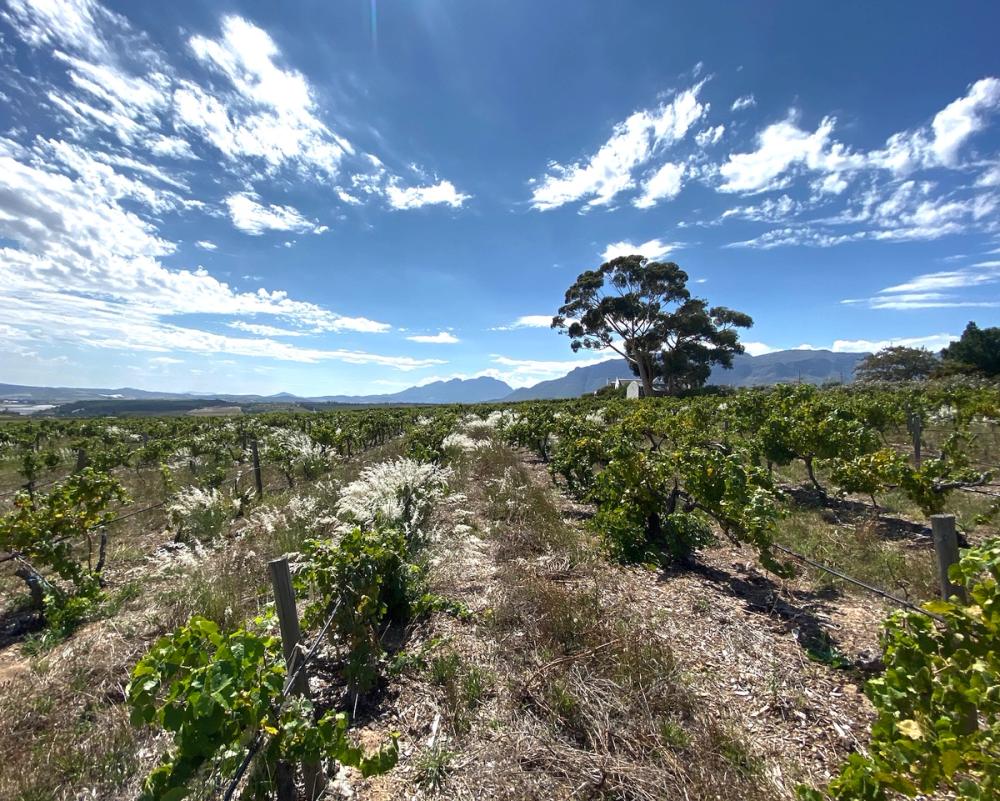
Stellenbosch producers work closely together sharing ideas and practices through the various varietal focused bodies like the Chenin Blanc Association
Organisations that all have growing memberships with producers willing to come together to share their ideas and what they are doing in their vineyards and cellars. It really is quite remarkable to witness the level of co-operation taking place across the region with producers willing to share their experiences with each other.
That collaboration also exists within the bodies themselves. Ina Smith, for example, head of Chenin Blanc Association, says it will often show other styles of wines at key events around the world. “We will do tastings on their behalf,” she says.
As Botha adds: “All these associations have one common goal. To promote South African Sauvignon Blanc, Chenin Blanc, Cabernet Sauvignon and Pinotage.We learn from each other and promote each other.”
Biggest grape growing influences
It’s hard to summarise Stellenbosch as a winemaking region as it is essentially a collective of micro climates, but whilst the Western Cape can be described as having a Mediterranean climate, Stellenbosch has is primarily a maritime Atlantic one.
A region that is dictated to, by a greater or lesser extent, by the winds that blow in from the Atlantic ocean and Table Bay. Both provide a cooling and humidifying effect and with an average of 25km per hour helps create wines with intensity and finesse.
Stand anywhere in Stellenbosch and you need to look up to fully appreciate the influence of the huge, imposing mountain ranges that surround the region, from the Simonsberg mountain in the north to the Hottentot Holland Mountain in the east.
Its those mountain ranges that provide the mostly sandstone, granite, shale and clay soils ideal for making quality red and white wines, typified by their bright, tight and intense or textured and expressive styles across a wide number of varieties, headed up by Cabernet Sauvignon, Sauvignon Blanc and Chenin Blanc.
To truly understand Stellenbosch you need to dig into the differences between its main wine growing wards that stretch from Banghoek, Bottelary Hills, Papegaaiberg, Polkadraai Hills, Devon Valley, Jonkershoek Valley and Simonsberg-Stellenbosch. Helderberg and Stellenboschkloof.
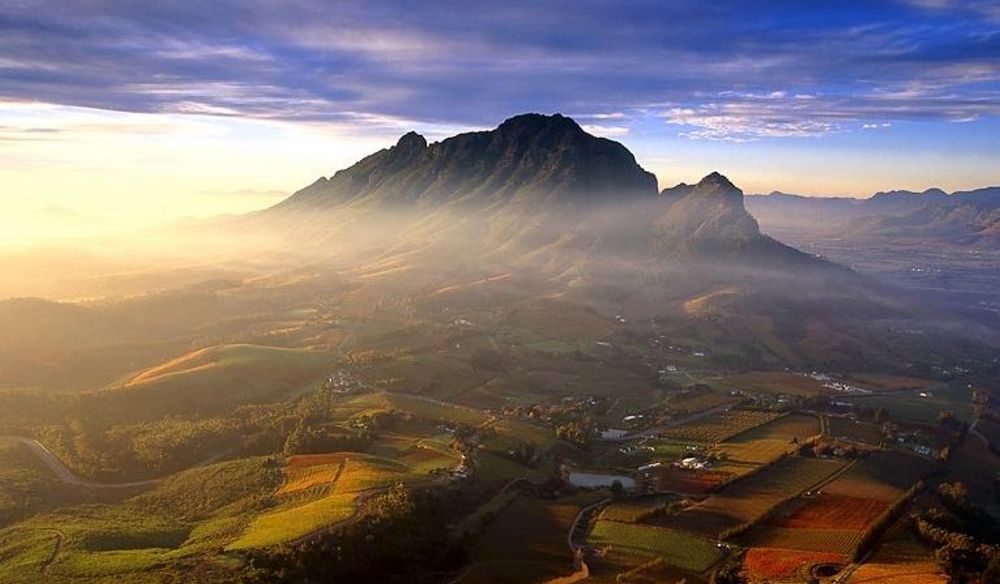
Breakdown of grape varieties
Reds
Cabernet Sauvignon
- 2,509 hectares (20%)
- 12 hectares of old vines dating back to 1977
Pinotage
- 1,050 hectares (8%)
- 57 hectares of old vines; oldest 1950
Shiraz
- 1,642 hectares (13%)
- 17 hectares of old vines, oldest 1976
Whites
Chenin Blanc
- 1,240 hectares (10% of total vineyards)
- 474 hectares of old vines dating back to 1942
Chardonnay
- 955 hectares (8%)
- 8 vines of old vines dating back to 1976
Sauvignon Blanc
- 1,641 hectares (13%)
- 173 hectares of old vines going back to 1977
Stellenbosch Facts and Figures
- Founded in 1679 by Simon van der Stel, vineyards were first planted when the French Huguenots arrived in the 1690s.
- Total area: 831 km2
- Vineyard area: 12,357 hectares
- Number of vines: 37, 971,231
- Old Vines: 857 hectares – most in South Africa
- Vineyard elevation: Up to 560m
- Annual mean temperature: 13C to 28C
- Mean harvest temperature: 16.5C to 30.5C
- Average mean rainfall: 500-2000mm
- Private wine cellars: 161
- Primary grape producers: 390
- Registered estates: 73
- Stellenbosch Wine Routes was founded in 1971 by three founding members: Spier, Delheim and Simonsig.































